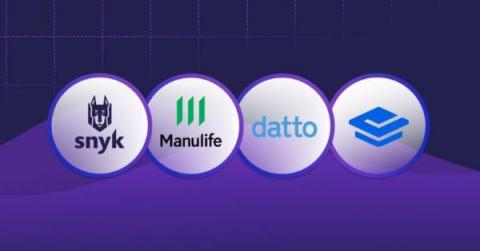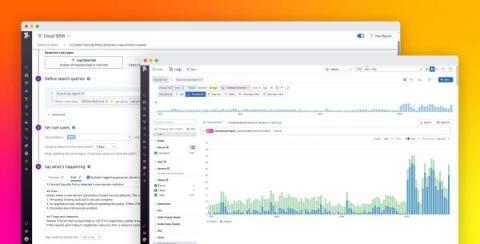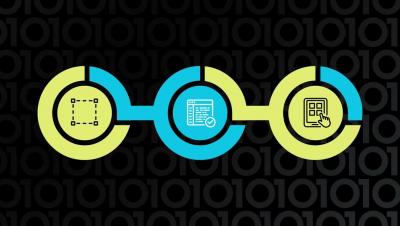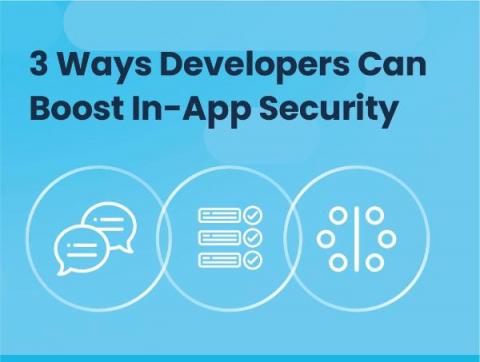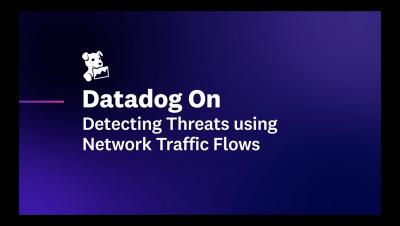SnykWeek Boston: Perspectives on developer security adoption
During SnykWeek Boston, Simon Maple (Field CTO, Snyk) led a panel discussion about developer adoption of application security. The panelists included: Want the TL;DR? Here are some of our favorite takeaways: Read on to dive deeper into these illuminating insights around organizing security teams, setting security goals, empowering developers, improving compliance, and much more.


